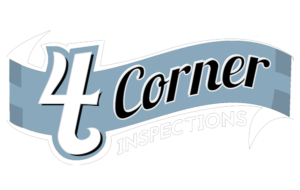No one likes to deal with dark, murky basements full of creepy-crawlies every time they head downstairs to switch over the laundry. A finished basement can not only add extra, cozy living space to the home; it can also brighten an otherwise drab interior and keep the bugs at bay. If you’re planning to finish the basement, there are several things you need to know before you complete the job.
1. Inspect and fix these things before you start.
Moisture and mold can kill even the best-laid plans for your bonus basement room. Be sure to test for moisture before you finish the basement. One way to do this is to tape 2-foot squares of plastic sheeting to the floor and walls. Wait for at least two weeks. If condensation forms underneath, the foundation isn’t sealed. If water forms at the top of the squares, the basement needs to be dehumidified.
Next, use an awl to search for rot and insect damage in the floor joists, the rim, and the header joists. Also, inspect the sill plate and any wood-framed windows. To check for a sagging floor joist, you’ll need to climb a ladder until you’re at eye-level with the undersides of the beams. Look perpendicular to their direction across them, and if any are out of line, the joists are sagging.
Also, have a professional check the furnace or any fuel-burning systems and the ventilation system. Doing so will prevent dangerous carbon monoxide build-up in the basement.
2. Waterproofing and Sump Pumps.
A minor leak might be a legit DIY project. Most of the time, a few easy, minor fixes can reduce humidity and keep the basement dry. For starters, you can install diverters to send any water from the gutters at least 10 feet away from the foundation. Sloping the yard away from the foundation is also a good idea to prevent leaks. Any small cracks or gaps around pipes that you find can be easily and quickly patched with an affordable concrete-patching compound. Any large cracks should be filled with hydraulic cement. If you have any cracks wider than a pencil though, it’s a good idea to have a structural engineer check out the house before you finish the basement.
Unfortunately, water loves basements. You’ll want to have a battery backup for the primary sump pump, and also a second sump pump in case of a power outage or mechanical failure. Homes that are plugged into the municipal water supply should have a water-powered backup pump that runs on the pressure in the supply line.
3. Insulate the Pipes
Cold-water pipes can form condensation and add to the humidity levels in the basement, feeding mold growth. In contrast, hot water pipes can lose heat when they aren’t insulated. Before you finish the basement, be sure to cover the pipes with foam insulation.
Even if your basement is currently a cold, dank, cement box that is full of bugs and dust, keep these tips in mind before you start to finish the basement. Fixing moisture and humidity issues will give you the perfect foundation for building your bonus room.



